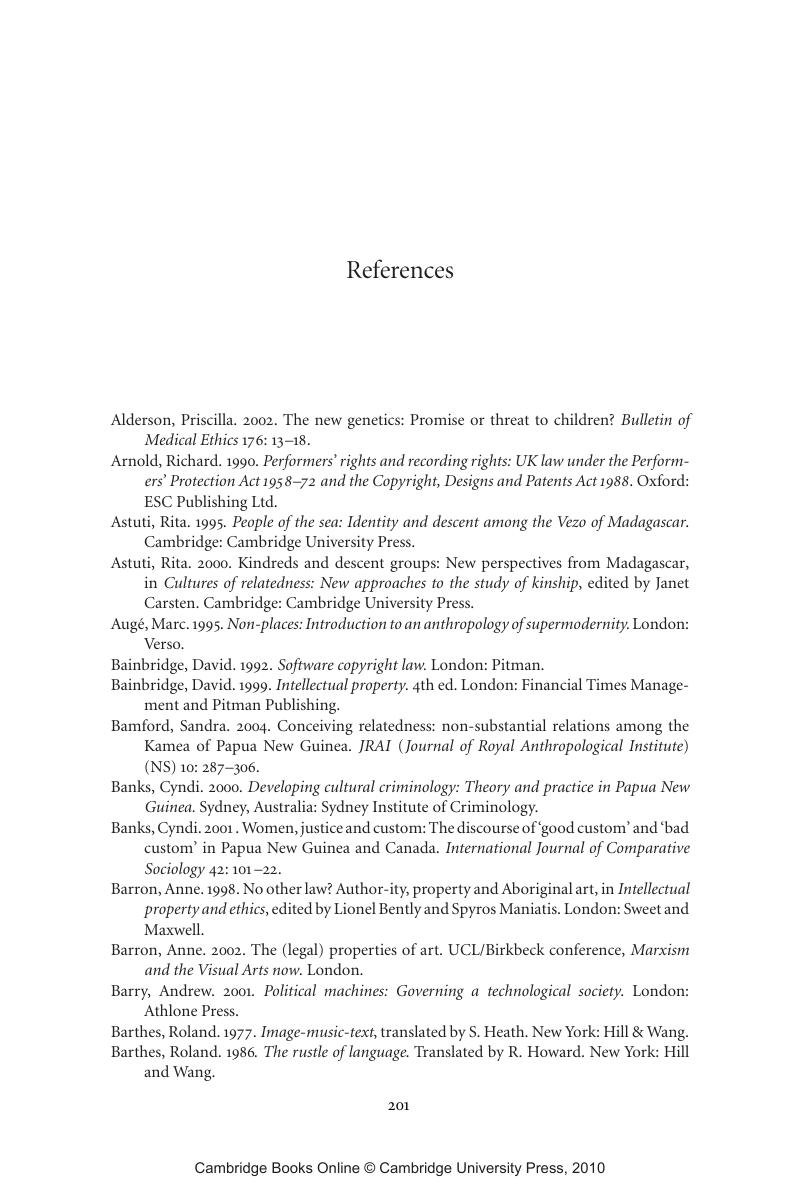References
Published online by Cambridge University Press: 08 January 2010
Summary

- Type
- Chapter
- Information
- Kinship, Law and the UnexpectedRelatives are Always a Surprise, pp. 201 - 216Publisher: Cambridge University PressPrint publication year: 2005

